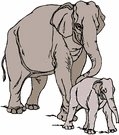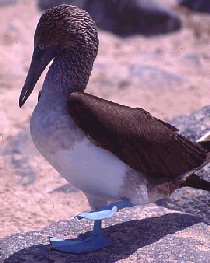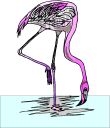
Worksheets and No Prep Teaching Resources
Reading Comprehension Worksheets
Animal Themes
Birds

Animal Themes
 Worksheets and No Prep Teaching Resources Reading Comprehension Worksheets Animal Themes Birds |
 Animal Themes |
| edHelper's suggested reading level: | grades 5 to 7 | |
| Flesch-Kincaid grade level: | 6.62 |
| Blue-Footed Booby - Introduction |

|
 1 "Bobo" is what Spanish settlers called this tropical seabird. In Spanish, the name means "stupid fellow." Which bird has such an unflattering name? Well, the blue-footed booby is the unfortunate one! While most birds fly away as soon as they detect danger, blue-footed boobies do not. Their lack of fear makes them an easy catch and is how they got their Spanish name.
1 "Bobo" is what Spanish settlers called this tropical seabird. In Spanish, the name means "stupid fellow." Which bird has such an unflattering name? Well, the blue-footed booby is the unfortunate one! While most birds fly away as soon as they detect danger, blue-footed boobies do not. Their lack of fear makes them an easy catch and is how they got their Spanish name. |
Create Weekly Reading Books
Prepare for an entire week at once! |
| Leave your feedback on Blue-Footed Booby - Introduction (use this link if you found an error in the story) |
 |
Animal Themes
|
 |
Birds
|
|
|